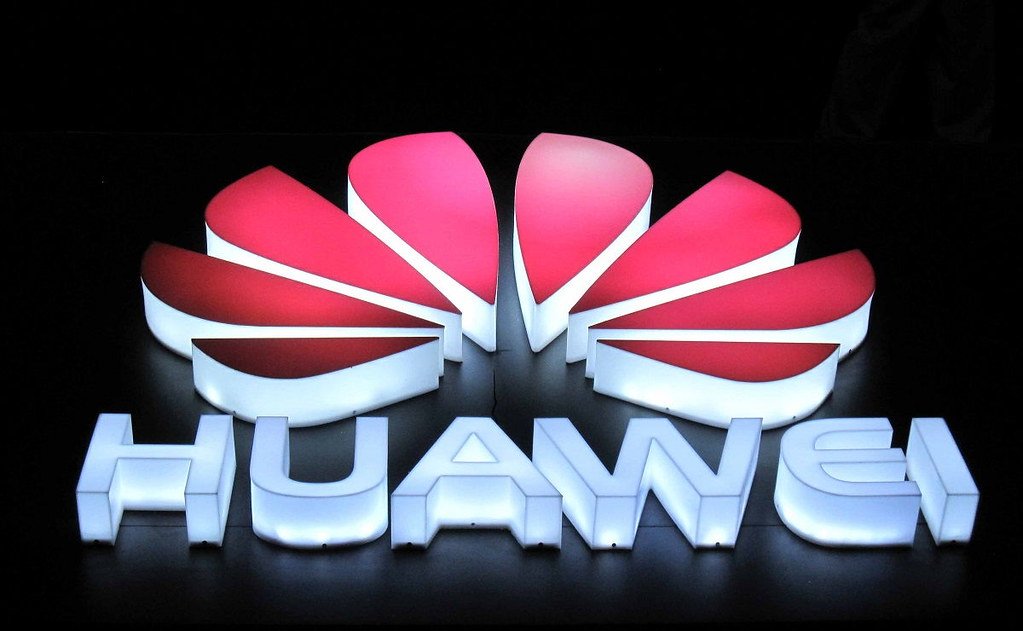In a strategic move to limit the export of advanced artificial intelligence (AI) chips to China, the United States has inadvertently paved the way for Huawei Technologies to expand its presence in its $7 billion domestic market, according to analysts. This development comes as a result of the restrictions that have forced Nvidia to scale back its operations in the country.
Historically, Nvidia has held a commanding position as the leading provider of AI chips in China, boasting a market share of over 90%. Nevertheless, Chinese companies, including Huawei, have been diligently working on developing their own iterations of Nvidia’s top-selling chips, such as the A100 and the H100 graphics processing units (GPUs).
Huawei’s Ascend AI chips are often considered comparable in terms of raw computing power to Nvidia‘s offerings, as noted by analysts and certain AI firms like China’s iFlyTek. However, they still lag behind in overall performance.
Jiang Yifan, the chief market analyst at brokerage Guotai Junan Securities, has pointed out that one of the key limitations faced by Chinese firms is their reliance on Nvidia’s chips and software ecosystem for the majority of their projects. However, these dynamics might undergo a shift due to the recent US restrictions.
In a post on his social media Weibo account, Jiang stated, “This U.S. move, in my opinion, is actually giving Huawei’s Ascend chips a huge gift.”
Despite this opportunity, Huawei faces a set of considerable challenges. Numerous cutting-edge AI projects are founded on CUDA, a widely used programming architecture pioneered by Nvidia, which has consequently fostered a substantial global ecosystem capable of training highly advanced AI models.
Huawei’s own version, known as CANN, is considered more limited in its capacity to train AI models, making Huawei’s chips far from a straightforward substitute for Nvidia.
Woz Ahmed, a former chip design executive turned consultant, stressed that for Huawei to compete with Nvidia for Chinese clients, it must recreate the ecosystem that Nvidia has established. This includes supporting clients in migrating their data and models to Huawei’s platform.
Intellectual property rights present another obstacle, as many crucial patents for GPUs are already held by US firms, as Ahmed noted.
Should Huawei manage to secure Nvidia’s market share, it could mark yet another victory against the United States, which has imposed export controls on the company since 2019.
In 2019, Huawei introduced the first Ascend GPUs, and it has been steadily working to push back against US restrictions. The company has unveiled an advanced smartphone chip and claims breakthroughs in chip design tools. Moreover, it aspires to become a significant provider of computing power for AI, as indicated by Chief Financial Officer Meng Wanzhou.
Huawei has partnered with several firms in China, including iFlyTek, a leading Chinese AI software company. iFlyTek is using the Ascend 910 to train its AI models and was also blacklisted by the United States in 2019.
During an earnings call, Senior Vice President Jiang Tao of iFlyTek stated that the Ascend 910B’s capabilities were “comparable to Nvidia’s A100” and announced their joint effort to develop a general-purpose AI infrastructure in China alongside Huawei.
Additional partners for Huawei include state-owned software companies like Tsinghua Tongfang and Digital China. In July, Huawei disclosed that its AI chips power over 30 large language models (LLMs) in China, which is currently witnessing a generative AI trend with over 130 LLMs.
Charlie Chai, an analyst with 86Research, believes that Nvidia’s ecosystem dominance is not insurmountable if domestic players are given sufficient time and a large customer base. This shift aligns with China’s self-sufficiency push, championed by President Xi Jinping, providing a boost to the long-term self-sufficiency agenda.
The ongoing developments in the AI chip industry and the competitive landscape are expected to have significant implications for both US-China relations and Huawei’s global expansion plans. Huawei and Nvidia have not yet responded to requests for comment from Reuters.
Read More:
